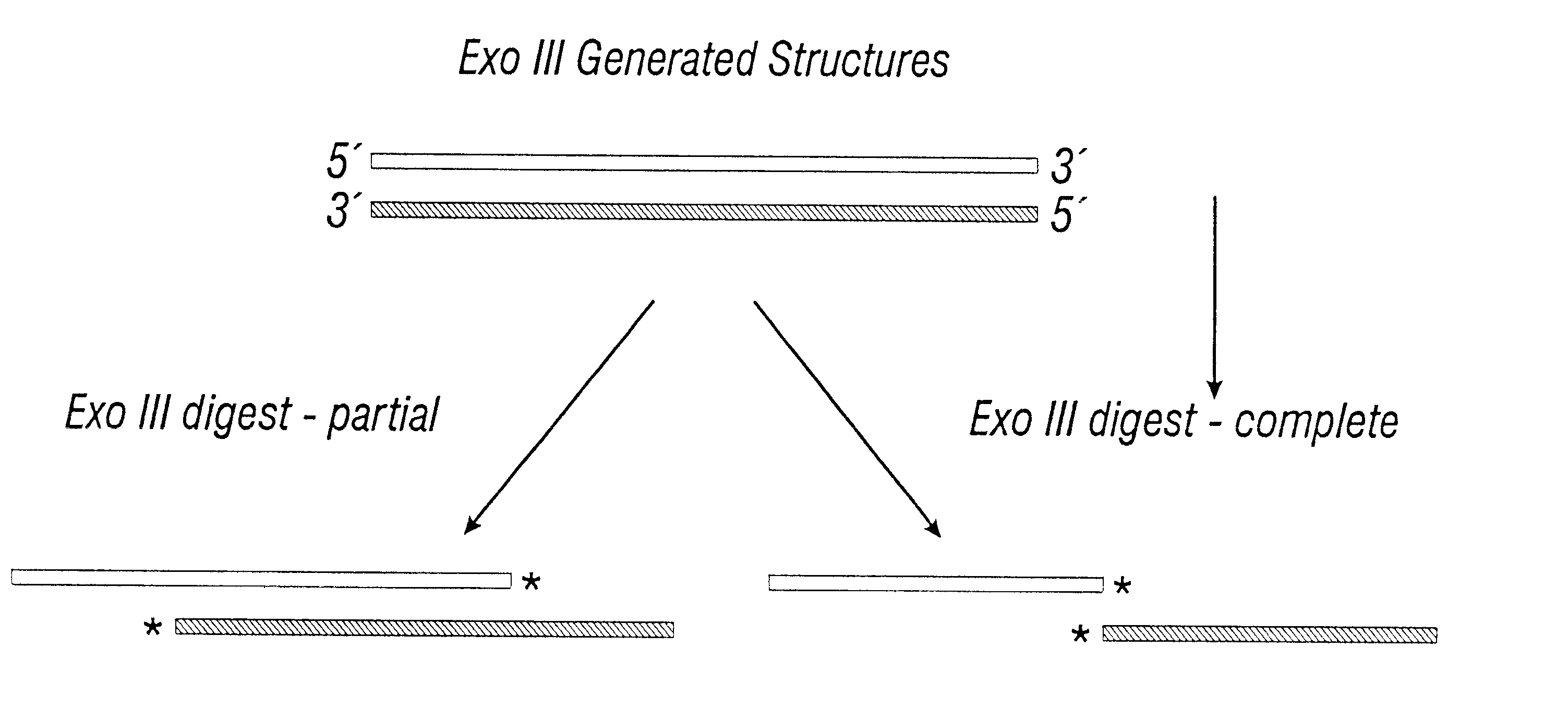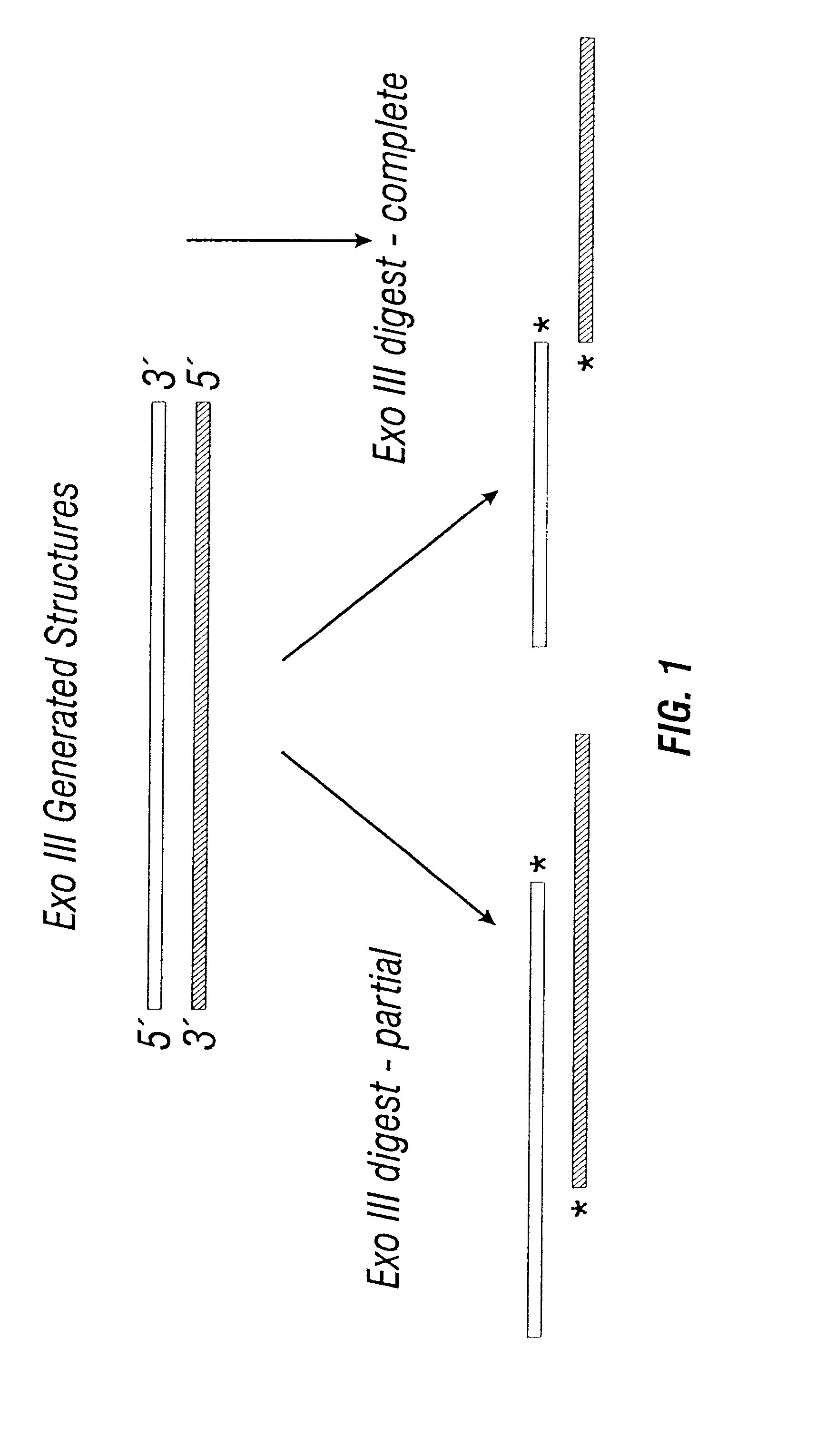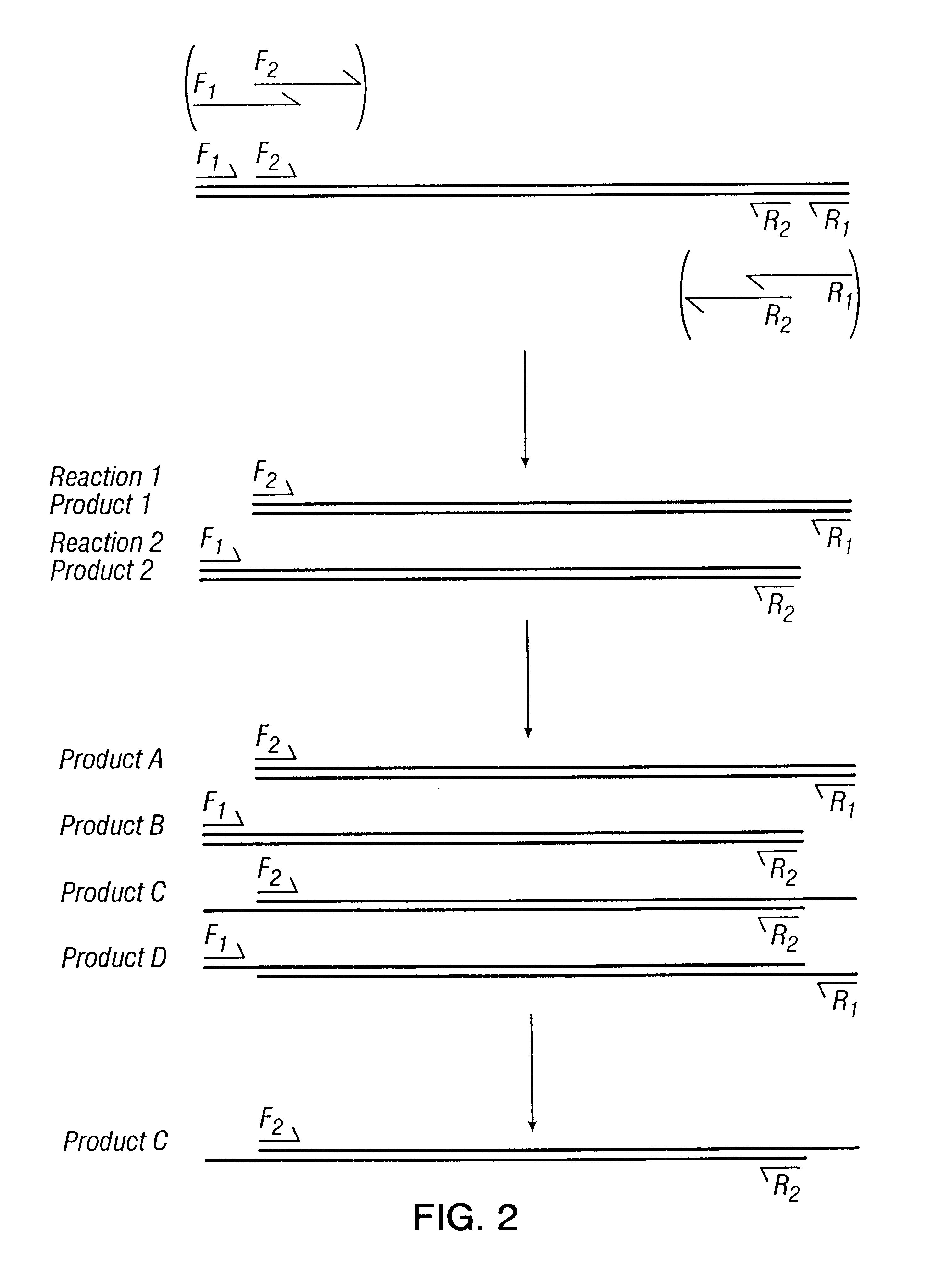A vector typically has to cross many barriers which can result in only a very minor fraction of the
DNA ever being expressed.
Limitations to
immunogenicity include: loss of vector due to nucleases present in blood and tissues; inefficient entry of
DNA into a
cell; inefficient entry of
DNA into the
nucleus of the cell and preference of DNA for other compartments; lack of DNA stability in the
nucleus (factor limiting nuclear stability may differ from those affecting other cellular and
extracellular compartments), and, for vectors that integrate into the
chromosome, the efficiency of integration and the site of integration.
Because separate cell types are involved in the complex interactions required for a potent immune response to a
genetic vaccine vector, mutually incompatible consequences can arise from administration of a
genetic vaccine that is incorporated in a single vector molecule.
Thus, although genetic vaccines show great promise for
vaccine research and development, the need for major improvements and several severe limitations of these technologies are apparent.
Largely due to the lack of suitable laboratory models, none of the existing genetic vaccine vectors have been optimized for human tissues.
The existing genetic vaccine vectors typically provide low and short-lasting expression of the
antigen of interest, and even large quantities of DNA do not always result in sufficiently high expression levels to induce protective immune responses.
Because the mechanisms of the vector entry into the cells and transfer into the
nucleus are poorly understood, virtually no attempts have been made to improve these key properties.
Furthermore, although there is increasing amount of data indicating that specific sequences alter the immunostimulatory properties of the DNA, rational
engineering is a very laborious and time-consuming approach when using this information to generate vector backbones with improved immunomodulatory properties.
Moreover, presently available genetic vaccine vectors do not provide sufficient stability, inducibility or levels of expression
in vivo to satisfy the desire for vaccines which can deliver booster immunization without additional
vaccine administration.
However, bacterial and viral pathogens have simultaneously gained a number of mechanisms to improve their
virulence and survival in hosts, providing a major challenge for
vaccine research and development despite the powers of modem techniques of molecular and cellular
biology.
Efficient vaccine development is also hampered by the antigenic heterogeneity of different strains of pathogens, driven in part by evolutionary forces as means for the pathogens to escape immune defenses.
Pathogens also reduce their
immunogenicity by selecting antigens that are difficult to express, process and / or transport in host cells, thereby reducing the availability of immunogenic peptides to the molecules initiating and modulating immune responses.
The mechanisms associated with these challenges are complex, multivariate and rather poorly characterized.
However, presently available immunomodulator treatments can have several disadvantages, such as insufficient
specific activity, induction of immune responses against, the immunomodulator that is administered, and other potential problems.
However, critical shortfalls in both types of methods are identified in the instant disclosure.
Thus, in an
in vitro stochastic
mutagenesis reaction, for example, there is not a particular predetermined product whose production is intended; rather there is an uncertainty--hence randomness--regarding the exact nature of the mutations achieved, and thus also regarding the products generated.
Moreover, the types of mutations currently available by the application of these non-stochastic methods are also limited, and thus so are the types of progeny
mutant molecules.
In contrast, existing methods for
mutagenesis that are stochastic in nature have been serviceable for generating somewhat larger numbers of mutations per method application--though in a random fashion & usually with a large but unavoidable contingency of undesirable background products.
Thus, these existing stochastic methods can produce per method application larger numbers of progeny molecules, but that have undetermined molecular structures.
The types of mutations that can be achieved by application of these current stochastic methods are also limited, and thus so are the types of progeny
mutant molecules.
However, it is instantly appreciated that many unmet commercial needs are discordant with any evolutionary pressure & / or direction that can be found in nature.
Moreover, it is often the case that when commercially useful mutations would otherwise be favored at the
molecular level in nature, natural evolution often overrides the
positive selection of such mutations, e.g. when there is a concurrent detriment to an
organism as a whole (such as when a favorable
mutation is accompanied by a detrimental
mutation).
Additionally, natural evolution is often slow, and favors fidelity in many types of replication.
Furthermore still, the propagation of a biological molecule is susceptible to any global detrimental effects--whether caused by itself or not--on its
ecosystem.
These and other characteristics greatly limit the types of mutations that can be propagated in nature.
However, a major drawback of these approaches is that--because of their stochastic nature--there is a randomness to the exact components in each set of progeny molecules that is produced.
Thus, when a stochastic procedure is repeated (e.g. in a
continuation of a search for a desirable progeny molecule), the re-generation and re-screening of previously discarded undesirable molecular species becomes a labor-intensive obstruction to progress, causing a circuitous--if not circular--path to be taken.
The drawbacks of such a highly suboptimal path can be addressed by subjecting a stochastically generated set of progeny molecules to a labor-incurring process, such as sequencing, in order to identify their molecular structures, but even this is an incomplete remedy.
Moreover, current stochastic approaches are highly unsuitable for comprehensively or exhaustively generating all the molecular species within a particular grouping of mutations, for attributing functionality to specific structural groups in a template molecule (e.g. a specific
single amino acid position or a sequence comprised of two or more amino acids positions), and for categorizing and comparing specific grouping of mutations.
Accordingly, current stochastic approaches do not inherently enable the systematic
elimination of unwanted mutagenesis results, and are, in sum, burdened by too many inherently shortcomings to be optimal for
directed evolution.
1) Site-
directed mutagenesis technologies, such as sloppy or low-fidelity PCR, are ineffective for systematically achieving at each position (site) along a polypeptide sequence the full (saturated) range of possible mutations (i.e. all possible
amino acid substitutions).
2) There is no relatively easy systematic means for rapidly analyzing the large amount of information that can be contained in a
molecular sequence and in the potentially colossal number or progeny molecules that could be conceivably obtained by the
directed evolution of one or more molecular templates.
3) There is no relatively easy systematic means for providing comprehensive empirical information relating structure to function for molecular positions.
4) There is no easy systematic means for incorporating internal controls, such as positive controls, for key steps in certain mutagenesis (e.g. chimerization) procedures.
5) There is no easy systematic means to select for a specific group of progeny molecules, such as full-length chimeras, from among smaller partial sequences.
Therefore, the protocol is unable to result in the random mutagenesis of an average-sized
gene.
This inability limits the practical application of error-prone PCR.
Some computer simulations have suggested that point mutagenesis alone may often be too gradual to allow the large-scale block changes that are required for continued and dramatic sequence evolution.
Further, the published error-prone PCR protocols do not allow for amplification of DNA fragments greater than 0.5 to 1.0 kb, limiting their practical application.
In addition, repeated cycles of error-prone PCR can lead to an accumulation of neutral mutations with undesired results, such as affecting a
protein's
immunogenicity but not its binding affinity.
This approach does not generate combinations of distant mutations and is thus not combinatorial.
The limited
library size relative to the vast sequence length means that many rounds of selection are unavoidable for
protein optimization.
This step process constitutes a statistical
bottleneck, is labor intensive, and is not practical for many rounds of mutagenesis.
Another limitation of error-prone PCR is that the rate of down-mutations grows with the information content of the sequence.
Therefore, the maximum information content that can be obtained is statistically limited by the number of random sequences (i.e.,
library size).
Thus, such an approach is tedious and impractical for many rounds of mutagenesis.
One apparent exception is the selection of an
RNA ligase
ribozyme from a random
library using many rounds of amplification by error-prone PCR and selection.
However, a
protein of 100 amino acids has 20.sup.100 possible sequence combinations, a number which is too large to exhaustively explore by conventional methods.
However, their
system relies on specific sites of recombination and is limited accordingly.
The method is limited to a finite number of recombinations equal to the number of selectable markers existing, and produces a concomitant linear increase in the number of marker genes linked to the selected sequence(s).
 Login to View More
Login to View More 


